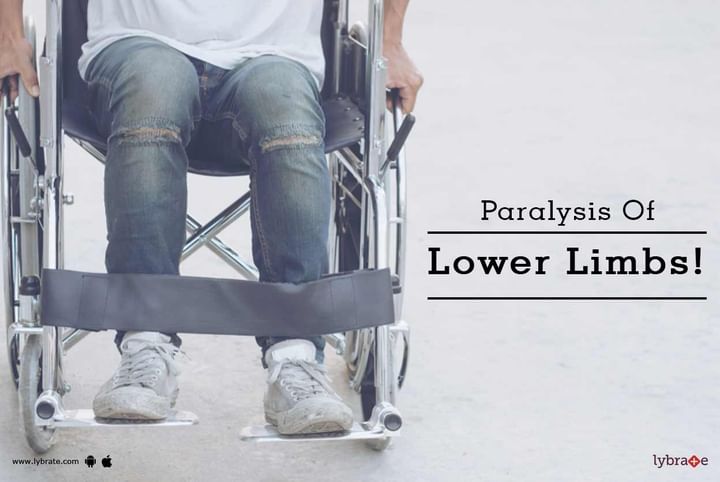Paralysis Of Lower Limbs!
There are various forms of Paralysis. Paralysis of the lower limbs is one of the most severe forms of Paralysis. It is also known as Paraplegia. People suffering from such Paralysis lose all sense below the waist. They cannot move their legs or hips, cannot void without help, and cannot have intercourse. They barely feel anything below their waist. However, the degree of inability may vary from one person to another.
In people suffering from such Paralysis, there is usually substantial impairment in movement. Though such inability is not necessarily permanent, rarely do people recover from such inability. Lower Limb Paralysis may put people at risk of deep Vein Thrombosis.
Causes of Lower Limbs Paralysis:
Paralysis of the lower limbs usually results from injury to the spinal cord or the brain. However, spinal cord injury is the most common cause of such Paralysis. Such injuries inhibit the ability of the brain to receive and send signals from lower limbs. Causes of such inability may include:
-
Infections in the spinal cord
-
Lesions of the spinal cord
-
Tumors in the brain
-
Infections in the brain
-
Nerve damage at the hip or waist.
-
Oxygen deprivation in the brain or spinal cord due to choking, violence, or surgical accidents.
-
Congenital spinal cord deformities such as Spina Bifida etc.
However, the most common cause of Lower Limb Paralysis is congenital spinal deformity, such as Spina Bifida. The degree of Paralysis depends on the location of the spinal lesion and the extent of spinal cord or nerve damage. Some people with spinal lesions may even walk independently if the lesion is lower down the spine. However, people with upper spinal lesions are usually not able to do that. They may require ortho shoes as well as walking aids in order to ambulate. If these don’t work, they may need wheelchairs for mobility. Usually these people learn to ambulate with the aid of ankle foot orthoses.
Treatment of Lower Limbs Paralysis:
There is no treatment for Paralysis. However, in some cases, people suffering from Lower Limb Paralysis are able to regain some of their ability with the help of physical therapy. What physiotherapy does is that it retains the spinal cord and the brain to strengthen nerve connections and muscles so that patients can work around their limitations. If paralysis is due to some underlying cause, removal of the cause can treat the patient.
If an infant is found to be suffering from Spina Bifida, doctors can operate on his spinal cord and bring down the severity of the problem. Such children are less likely than others to use walking devices.
Bowel and Bladder Management:
This is a serious aspect of Lower Limb Paralysis. Patients need to undergo routine bladder and bowel evaluation and device management plans to reduce the risk of organ damage.
Conclusion:
There is hardly any treatment for Lower Limb Paralysis. However, physical therapy may solve some of the problems. If it does not, management of bowel and bladder and watching out for deep Vein Thrombosis should be done on a regular basis.
One can also use alternative methods like Acupuncture, Chiropractic, Massage, and other holistic treatments. However, it is always recommended to consult an orthopedic doctor before opting for any methods.



+1.svg)
